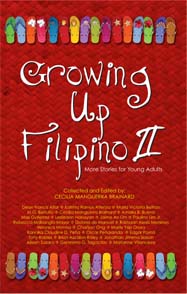Dear Humanity,
As we head into the fall season in Chicagoland, I wanted to take one last look back at what an incredible summer it has been for this story-gatherer. Every culture and group has its stories. Now, more than ever, is a time when stories can help human communities uplift, survive in love and honesty, be brave, thrive, and heal. Here were the “Top 5” highlights of my summer. I hope you found rich and profound stories to sustain and nourish you, too:
5. George Takei and Gaman. Resilience. Went to hear Uncle George speak about his time in an American internment camp, taken at 5 years old at gunpoint. Through Japanese American internment, the Civil Rights Movement, Marriage Equality, and Hollywood, Uncle George has expressed an indomitable human spirit, sense of humor, and grace. He has a profound belief in the practice of democracy. Gaman: the Japanese word for enduring the impossible with patience and dignity. Check out the song in his musical, Allegiance.
4. The First Asian American Literature Festival. Traveled to Washington, D.C. for this amazing gathering of Asian American poets, performers, writers, scholars, and lovers of the written and spoken word. Asian Am Lit rang in the corridors, stages, and galleries of the Smithsonian, the Phillips Collection, Dupont Underground, and the (OMG!) Library of Congress. So inspiring: Li Young Lee, Regie Cabico, Sarah Gambito, Gowri K., Gene Oishi, Lawrence-Minh Bùi Davis, Franny Choi, Sejal Sha, Karen Mei Yamashita, and all. Readings, workshops, book vendors, editors, poetry slam, literaoke, pop-up dessert bar. Kudos to the Asian Pacfic American Center (APAC) of the Smithsonian and Kundiman for creating this space in our nation’s capitol.
3. Sssst! Tagalog Camp. Taught a Tagalog language class for kids. The sense of cultural continuity and the kids’ freshness gave me hope. Reconnected with my dear friend, Elaine, a talented photographer, and we’re revisiting our book project of Filipino American women’s stories.
2. Midewin National Tallgrass Prairie. Daytrip with my friend Scott into the shush of prairie grasses, the search for elusive bison, dizzying butterflies and grasshoppers, golden Alexanders, prairie sunflowers, and purple thistle waving in the wind.
1.The Banyan, Asian American Writers’ Collective Inaugural Celebration. Gathered and organized with local Asian Am writers to read our works and launch Samina Hadi-Tabassum’s book of poetry, Muslim Melancholia. We had an intergenerational audience, ages 4 days old to 70+ and packed the Oak Park Main Library with stories, food, Asian Am visual art, music, and kids’ activities. Worked with Riksha Magazine to share stories that were nakakaaliw, uplifting. More to come? Yes, please.
I know, I know. Technically #2 isn’t full of Asian American stories. Or even human stories. But the Flowers and Grasses have their tales to tell, too. The act of getting quiet and listening to their wordless existence brought me peace. From the Flowers to me, may the peace spread to you.
Love,
Mary Grace




